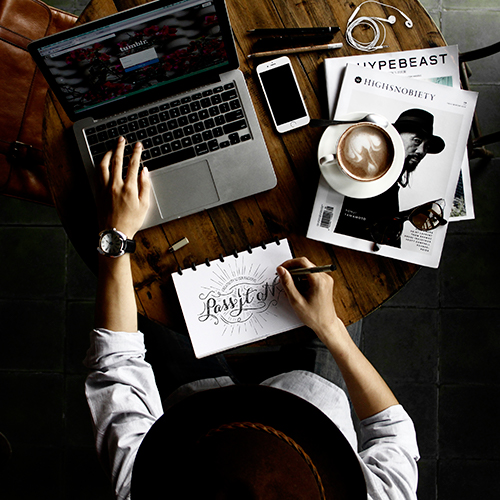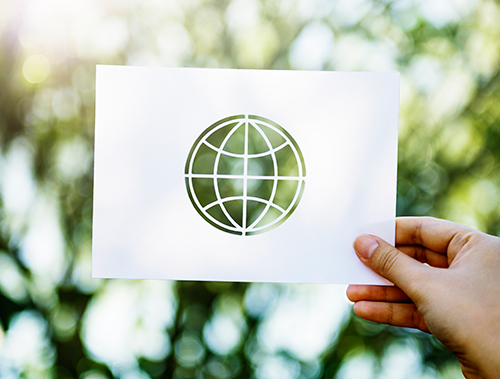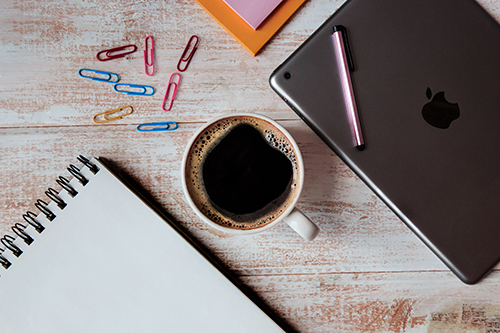
Sometimes we remember brands because of their logos. A logo design is an essential part of a brand identity. It seems like an easy task, but designing a logo is never easy. Most logos we see everyday are the result of a process. The Hubspot blog suggests,
“Designing a logo from scratch is a difficult creative process that takes a lot of research, knowledge of a business and its audience, and a deep consideration for the principles of logo design. But if you partner with the right designers and have a solid process in place, you should end up with something your company loves (and people can understand)”
Like any other creative process, designing a logo requires following few steps. Every designer has his/her own method, but as a general rule, there are few basic steps from idea to concept.
It’s challenging, but it’s a good way to move a brand forward. In this article, I’m going to explain the process most designers use to create a logo.
How to Design a Logo
1- Design Brief
In this first step, designers discuss with the client the desired outcome. It’s very important to dispel all the doubts before starting to work.
The designer must have an idea of what the company is about, the kind of services or products it offers, its culture and the general aesthetics of the brand.
Understanding the background information, it’s critical. So, the designer can start to work on those lines. Some creatives hand over a set of questions to get a clear picture of what the company is seeking to achieve.
2-Reseach
During the research stage, the creative starts delving into the company vision, the target market, the particularities of that niche, the kind of competition, demographics and so on.
It’s also important to consider the geographical background, is an international company with an international outlook? Or is a local company which focuses on the local market and has no intention of expanding beyond its borders.
During the research stage, creatives have to navigate the industry, and the assumptions or clichés related to that niche. Analysing the sources and making questions is the best way to learn about the company.

3-Draft Production
Based on the previous findings, the designer produces a number of drafts. This is probably great fun for creatives. Here designers have to keep in mind what sort of message the company wants to express.
In addition, it’s crucial to know what the competition is doing, design trends and common communication methods associated with that brand. Some brands tend to focus on printed paper and others find the digital space more suitable for their market.
In this step, the designer usually plays with fonts, images, shapes, and colours. Some designers work with a sketch book, while others work straight on the computer. The notebook is perfect to brainstorm ideas and bring about new concepts. The key here is to experiment as much as possible.
4-Feedback
The creative hands over his/her best drafts. Usually, at this point, they’ve narrowed down the possibilities, offering the best designs. Company and designer discuss further adjustments and choose an option, that best represent the brand.
The feedback is very important, in order to carry on working on the ideal design. In this step, creatives focus on one design, adjusting their drawings to specific requirements.
Quite often, the adjustments are very light, but there are times when the designer has to go back to the previous stage and re-draw the entire design. This is not the norm, but it can happen. If everything is fine, designers continue sharpening lines, moving forward to the final concept.
5-Delivery
Based on the feedback, the creative has designed the perfect logo. Now, it’s time to deliver the product. Normally, the design is delivered in various formats. Mainly, because companies use a logo on different supports, like business cards, websites, and posters.
The most common formats are EPS, PDF, JPEG, PNG, and GIF. Again it all depends on the company needs. Designers usually try to give as many versions as they can. The client should have a wide range of formats at his disposition. Some designers hand over a transparent version of the logo and a monochrome version.

Conclusion
Designing a logo is a dynamic process. If done well, it can consolidate a brand identity, expanding its message. It’s important to identify the company’s vision from the early stages, hence when designing logo ideas will flow easily.
Research is key to a successful logo design, creatives must find all about the brand beforehand. Also, designers have to be ready to modify their designs several times before arriving at the perfect logo.
It’s a challenging process, but it can be very rewarding. A logo design should be original, fresh, and the message clear. At the end, it’ll transmit the right emotions and hopefully move people to buy.

